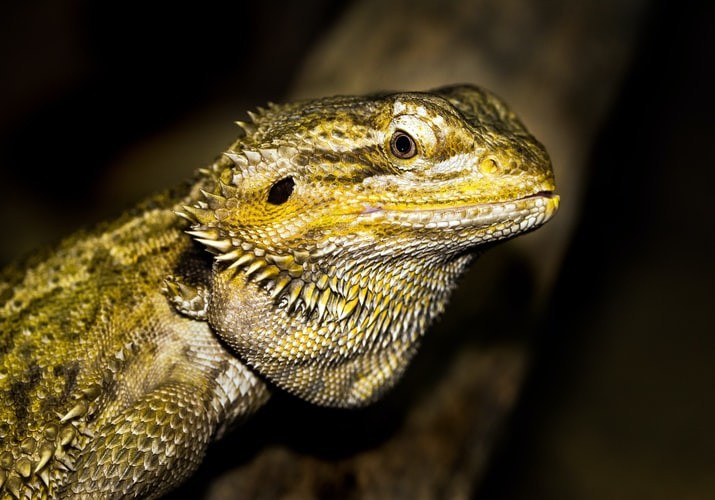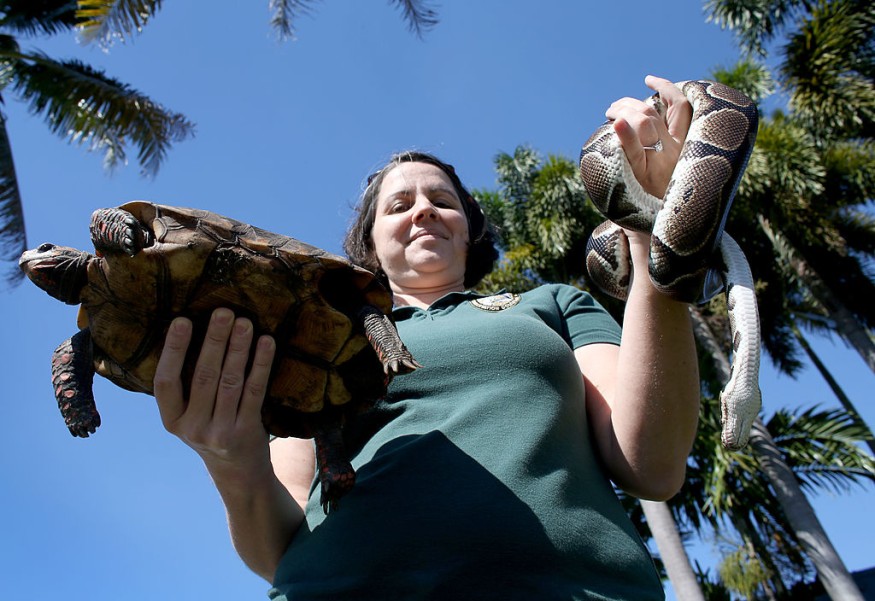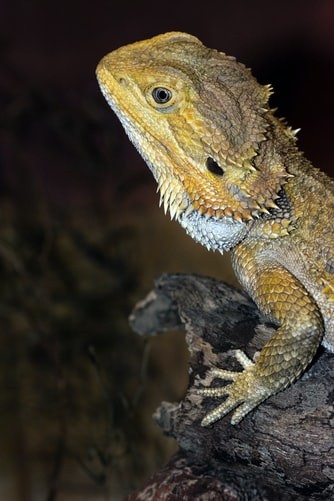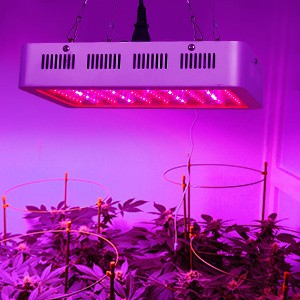When asked about "which reptiles are the most famous pets," many veterinary experts and seasoned exotic pet enthusiasts would immediately point to the closest Bearded dragons.

Bearded dragons are native to Australia, although most of those raised as pets in the United States are captive-bred. For several families interested in reptiles, these adorable, sweet lizards make great first pets.
Bearded Dragons are the only reptiles known to display love for their human partners, which is why they make excellent exotic pets if you like reptiles. Bearded Dragons, or "Beardies" as they are affectionately known, are not lazy dogs. It's just that they're known for snuggling up with their owners while watching television.
Beardies have become increasingly common as pets are the prevalent misconception that they are simple to care for. They are, in contrast to other reptiles. However, before taking one into your house, you can do some homework and read about Bearded Dragon treatment.
Related Article: How To Properly Take Care of Exotic Pets
Here are the basic things one should consider when planning to take care of Bearded Dragons:
Beardies are Social to Humans

Beardies are normally calm and even-tempered, and they understand and respond to their owners' voices and touch. They make perfect pets for those searching for a reptile that loves being kept and taken out of its cage. If you support their large, flat bodies from underneath and encourage them to step from hand to hand as they pass, they are usually easy to manage. Children can handle dragons as long as they are controlled by adults. Anyone who comes into contact with a dragon must wash their hands afterward since almost all reptiles carry salmonella bacteria.
The "Beard"

The pouchlike skin folds (guttural pouch) under their necks, covered in spiny projections and resemble a man's beard, give them their name. They flatten their bodies, puff out their beards, and open their mouths to make themselves seem larger when they are attacked. Males' beards are typically darker than females', particularly during mating season and courtship. Still, both genders' beards turn jet black when the animals are nervous, making it easier to tell when they're angry.
Light, Heat, and Moisture

Providing enough UV light during the day will help beardies make vitamin D in their skin, which will enable them to consume both calcium and phosphorus from their food. This is necessary for proper bone development, muscle contraction, and many other natural physiological processes in the body.
Dragons can suck calcium out of their bones if they are not exposed to enough UV light, causing them to become brittle and easily fractured. They will also experience muscle tremors as a result of weak muscle contraction, their organs will malfunction, and they may finally die. Their tanks should have a temperature range of 90° on the one hand, where they can bask in UV light, to 70° on the other, where they can cool off if they like. It is important for their health that the tank has the right temperature gradient. The temperature of reptiles' bodies responds to their surroundings, and their immune systems, digestion, and metabolism are both temperature-dependent.
Beardies need a certain level of humidity to remain hydrated and shed their skin properly. Regular misting or soaking, as well as having an open water bowl for them to crawl into, should suffice. They also retain shed skin, particularly around their eyes and over their toes, when there isn't enough humidity. Retained skin can make it difficult for them to see and can constrict their digits' ends. The only way to ensure that a bearded dragon tank is set up properly is to have the pet and its surroundings examined by a reptile-savvy veterinarian.
Diet

Beardies like dark leafy vegetables, tomatoes, carrots, and broccoli in their salads don't keep some old salad in their reservoirs. It's not only unhealthy, but it's also a bit revolting.Beardies consume a lot of insects as babies, so they need to try to eat new greens early on so that they can transition to a more herbivorous diet later in life. They will become obese if they consume too many insects. Consider a typical cockroach to be a chocolate cake. The kids love it and want to eat it every day, while adults will have a slice every now and then only on special occasions.
They Can Live for a Long Time
A bearded dragon's average lifespan is between five and eight years, but there have been records of dragons lasting as long as 12 to 13 years when well cared for. If you have a beardie as a pet, be prepared to keep it for many years.
ALSO READ: Treating Pets with Separation Anxiety: What to do to Keep Your Pets Feel Emotionally Safe
For more news update about the latest animal trends, don't forget to follow Nature World News
© 2025 NatureWorldNews.com All rights reserved. Do not reproduce without permission.





